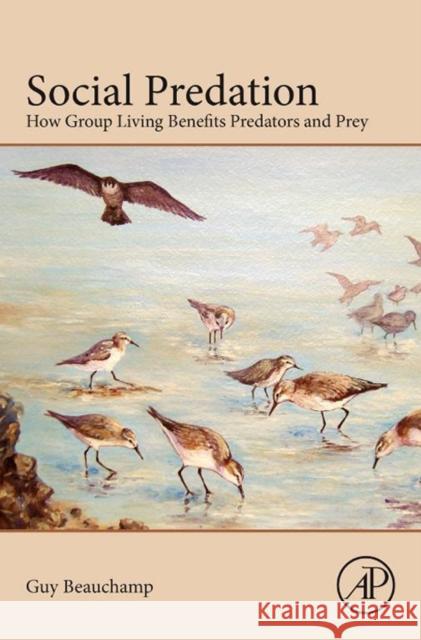Social Predation: How Group Living Benefits Predators and Prey » książka
Social Predation: How Group Living Benefits Predators and Prey
ISBN-13: 9780124072282 / Angielski / Miękka / 2014 / 317 str.
The classic literature on predation dealt almost exclusively with solitary predators and their prey. Going back to Lotka-Volterra and optimal foraging theory, the theory about predation, including predator-prey population dynamics, was developed for solitary species. Various consequences of sociality for predators have been considered only recently. Similarly, while it was long recognized that prey species can benefit from living in groups, research on the adaptive value of sociality for prey species mostly emerged in the 1970s. The main theme of this book is the various ways that predators and prey may benefit from living in groups. The first part focusses on predators and explores how group membership influences predation success rate, from searching to subduing prey. The second part focusses on how prey in groups can detect and escape predators. The final section explores group size and composition and how individuals respond over evolutionary times to the challenges posed by chasing or being chased by animals in groups. This book will help the reader understand current issues in social predation theory and provide a synthesis of the literature across a broad range of animal taxa.
- Includes the whole taxonomical range rather than limiting it to a select few
- Features in-depth analysis that allows a better understanding of many subtleties surrounding the issues related to social predation
- Presents both models and empirical results while covering the extensive predator and prey literature
- Contains extensive illustrations and separate boxes that cover more technical features, i.e., to present models and review results











